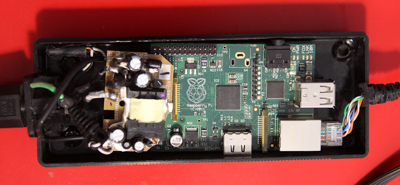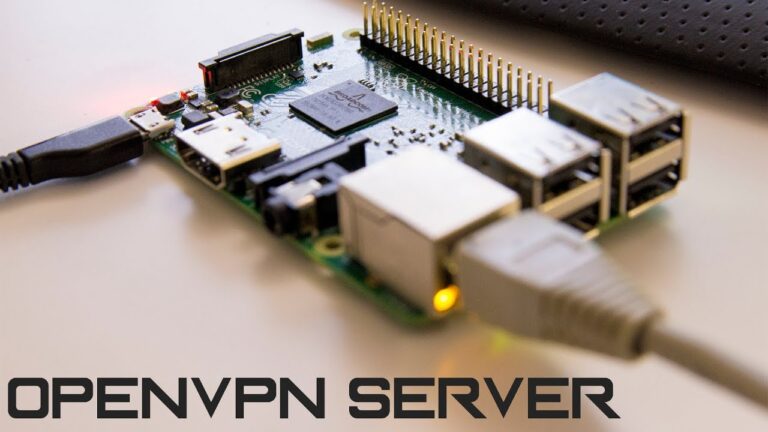

- #SSH TUNNEL RASPBERRY PI HOW TO#
- #SSH TUNNEL RASPBERRY PI UPDATE#
- #SSH TUNNEL RASPBERRY PI PASSWORD#
There may be some situations in which you would like to connect to your Raspberry Pi (or any other Linux machine, for that matter) in order to do maintenance routing, such as updating or configuration, through SSH. Why Would I Need to Access my Raspberry Pi Terminal and Desktop From the Internet?
#SSH TUNNEL RASPBERRY PI UPDATE#
system update commands, shutdown/reboot commands, etc.). SSH stands for Secure Shell and is a secure communication protocol for executing commands remotely on a *nix based computer (i.e.


*nix (Linux-based and Unix-based operating systems) have a fundamental feature to grant you access to your Linux server without having to physically visit the server or computer through the network.
#SSH TUNNEL RASPBERRY PI HOW TO#
What better way is there to let your Pi ‘talk to the world’ than to let it have a good, fast internet connection? Therefore, in this post, we will be discussing the options you have at hand on how to SSH into your Raspberry Pi from outside of your local network such as WiFi or LAN. Talking about IoT (both hobby and industrial/commercial level), the reason for integrating such a powerful microprocessor-based computer into a project or a product is the sheer processing power and expandability it brings to the table. Since its first announcement on February 29th, 2012, Raspberry Pi has made its way into hobby gaming consoles, industrial automation plants, smart avionics, and more. +-+-+įor more information about creating and removing peristent tunnels, please see the Persistent Tunnels section of the documentation.Raspberry Pi Single Board Computers are becoming more popular among both hobbyists and industrial IoT device vendors. To make a tunnel persistent, add -persist to the end of the command line options: This means that the tunnel will load automatically every time your Raspberry Pi powers on, and stay active even if you close the terminal window. Once you have tested that your tunnel works, you will probably want to make it perisistent. Please use the appropriate domain as specified in the 'Available At' column of the Custom Tunnels page. In the above examples the domain might also be '', '', '' or '', depending on server allocation. Where '12345' is the port number shown after the ':' in the 'Available At' column of the Custom Tunnels page. Host Name:, Port: 12345, Connection type: SSH Where 'pi' is your Raspberry Pi login username, and '12345' is the port number shown after the ':' in the 'Available At' column of the Custom Tunnels page. The way you enter the connection details depends on the client you are using. Now open your SSH client, and connect to the your "Available At" address.Go to the Custom Tunnels page and find out the world-wide accessible address for your tunnel.For most users, you should be able to enter the command exactly like that.Īfter you run the command, you will see the following output in your Raspberry Pi terminal:Ĭonnected to Tunnel Server, v1 In the above command, 22 is the standard port number used for SSH.

A custom tunnel allows you to access your Raspberry Pi SSH through with an address like :12345.Ĭustom tunnels are created by entering a command in your Raspberry Pi terminal: Once SSH is enabled, you need to create a custom tunnel so that it can be accessed through.
#SSH TUNNEL RASPBERRY PI PASSWORD#
NOTE: Please make sure that your Raspberry Pi is not using the default password 'raspberry', so that your device is protected from unauthorized access. If not, then please use the command sudo raspi-config to enable it, under Interfacing or Advanced Options. A Device Monitor and Remote Terminal is included, and you can also create your own Custom Tunnels to access services running on your Raspberry Pi.įor this article, we assume that you already have SSH enabled on your Raspberry Pi. PiTunnel is a service for remotely accessing your Raspberry Pi, and the projects that you build on it. All your Raspberry Pi needs is an internet conection and PiTunnel will do the rest. We will do this by using the Custom Tunnels feature of PiTunnel. In this article we will guide you through how to use PiTunnel to allow you to access SSH for your Raspberry Pi from anywhere in the world. PiTunnel already provides a built-in Remote Terminal, that doesn't require you to setup SSH, however in some situations you may want to manually connect to SSH with your own client, or to use another service that requires SSH for authentiation (for example SFTP). How to access Raspberry Pi SSH sessions over the internet


 0 kommentar(er)
0 kommentar(er)
